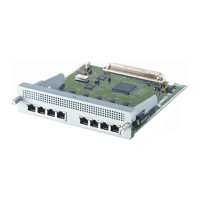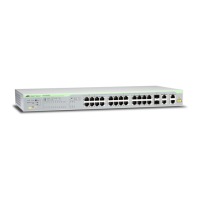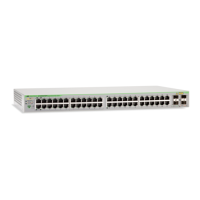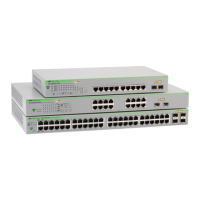Introduction
Software Reference for SwitchBlade x3100 Series Switches (Access and Security)
6-2
6.2 Quality of Service Model
Packet-based networks provide primarily three types of services:
• Data
• Voice
• Video
Providers must deliver these services at a level of quality acceptable to the customer. Service quality or service
level can be defined by controlling:
• Availability
• Delay
• Delay variation (jitter)
• Lost packet ratio (bandwidth)
Additionally, various applications (e-mail, file transfer, teleconferencing, video conferences) can be considered as
real-time verses non real-time applications.
• Real-time applications (such as voice) have a lower tolerance to delay or delay variation, but can handle
some packet loss.
• Non-real-time applications are not as adversely affected by delay or delay variation, but are highly affected
by packet loss.
A Service Level Agreement (SLA) details the level of service the service provider and customer negotiate. Pro-
viders use Quality of Service (QoS) functions to segregate traffic and then manage the service quality through
the network to meet the customer’s needs.
Figure 6-1 shows the general flow for QoS; refer to this figure while reading the rest of this subsection.
Note: The rest of this subsection describes in general what traffic management provides. For the capabilities
of the SBx3112 refer to the rest of this section. Refer to the next two sections for details (capabilities,
restrictions) on a specific product.

